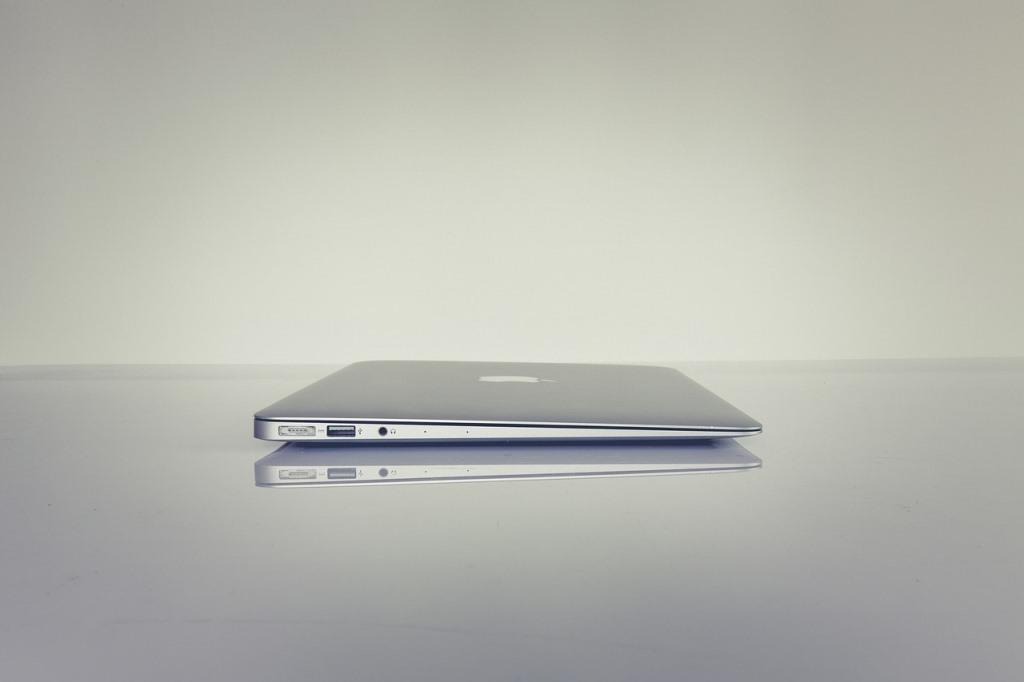
URL: https://pixabay.com/photos/office-macbook-laptop-apple-1734485/
It is not uncommon to notice a gradual slow-down of your Mac after using it for a while. This can be a frustrating experience, and may make your computer virtually unusable on some tasks. The good thing about this problem is that it is temporary, and avoiding or reversing it is a simple process. Read on for tried-and-tested tips to free up memory on your Mac and boost your PC’s performance.
1. Use Mac Terminal
Every Mac comes with a default app called Terminal that you can use to free up your memory. Run the app, and enter the command, “sudo purge.” You will be asked to enter your admin password to continue with the operation. All inactive memory will be deleted once the password is accepted.
One of the most obvious benefits of using Mac Terminal to clear RAM memory is that it doesn’t require the installation of special software. The downside is that it involves opening another app, which is not exactly what you want to do on a critically slow Mac.
2. Restart your computer
If you don’t know how to free up RAM using any of the detailed procedures on this list, consider restarting your computer. Macs automatically clear the RAM when they restart, so shutting it down and booting it again is bound to increase its speed. While this is a pretty simple and straightforward way to empty the RAM, it may not be the best option for you if you are not in a position to turn off your PC, perhaps because you have unsaved work or are in the middle of a project or your system simply won’t shut down.
3. Use Script Editor
Script Editor is another default Mac program that you can use to fix a slow PC running on older macOS versions such as El Capitan and High Sierra. This method may prove a bit complex as you need some development knowledge to use it, but it works like magic if executed correctly.
4. Clear your desktop
Clearing your desktop is not only good for your Mac’s neatness and organization – it also helps speed up your PC, even if by a small margin. Mac PCs are built in a way they treat each one of those icons on your desktop as little active windows. The memory usage by these icons can rapidly add up, leaving your computer with very little RAM to assign apps that are actually active. Placing your icons in little folders can improve your RAM memory usage and speed up your system.
5. Change Chrome’s Task Manager settings
Google Chrome is one of the most common culprits behind slowness in Mac computers. The browser runs multiple processes in a single session to ensure you navigate the World Wide Web with the utmost ease, but these often use plenty of memory, reducing your machine’s performance. Luckily, the browser has a built-in task manager that you can use to shut down processes that you don’t need.
Endnote
Slow and laggy computers can be annoying and extremely inconveniencing. Use the above tips to reduce memory usage on your Mac and ensure you’re using your computer more efficiently.